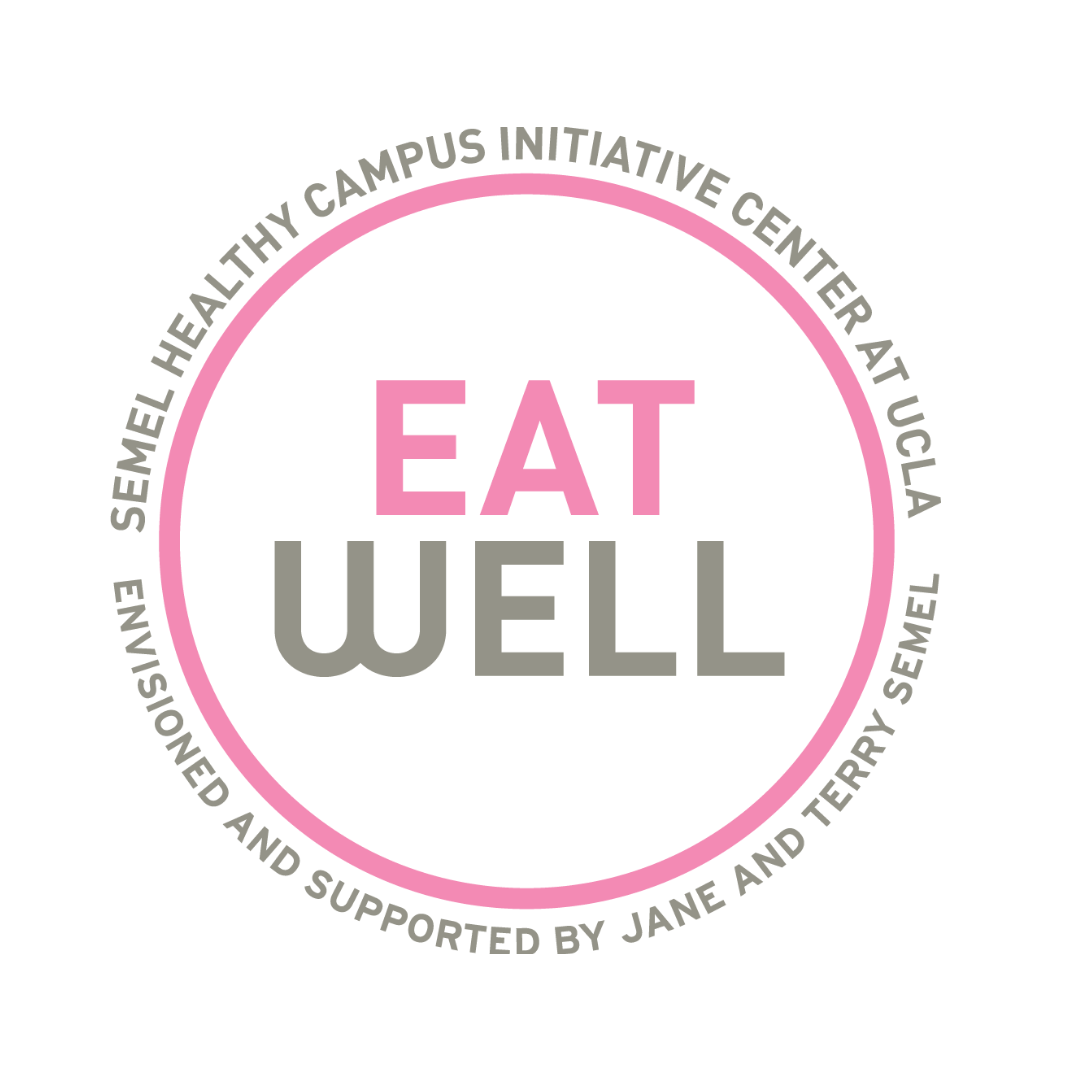As the Director of Nutrition for the UCLA Health System, I am proud to say that in recent years we won the 2007 California “Fit Business” Bronze Award from the California Task Force on Youth and Workplace Wellness and the 2013 Food-Climate-Health Connection Award from Practice Greenhealth for our work on healthy food and sustainability.
This has been a journey, however.
Back in 2006, my boss retired, and I had recently been promoted to my current position Director. The then CEO of the Health System decided that there would be a Wellness Initiative and appointed me as co-chair. We were busy talking about healthy food and healthy lifestyles.
I was in my office when I received a page from Media Relations. It said “Patti, call me ASAP. Your department is going to be featured on Good Morning America tomorrow.” I was so excited. But my bubble burst when I called and was told that the reason we were going to be featured on Good Morning America was because a nutrition publication had done an expose on French Fries in hospital cafeterias and ours had the third highest amount of trans fats of hospitals audited. Not good.
Well, we no longer have French Fries or any fried foods in any of our facilities. We also no longer cook with any trans fats. We have vegetarian entrees every day and often vegan entrees. Every Monday we have a “Meatless Monday” and educational materials on reasons to eat less meat.
Our CEO, Dr. Feinberg has been a great supporter of wellness and sustainability. He has supported initiatives such as reducing the price of the salad bar by $2.00 a pound to encourage consumption of fruits and vegetables and purchasing compostable disposables since our waste is now separated into compost, recycle, and landfill with very few items going to landfill, in support of the UC Sustainability goal of zero waste to landfill by 2020.
Much of our produce and dairy are from local sources or are organic, so we currently have 25% sustainable food and beverage purchases, surpassing the UC goal of 20% by 2020 seven years early.
Dr. Feinberg signed the “Healthy Food in Healthcare” Pledge, and we have signed on to all three of the Healthy Hospital Initiatives, which include reducing purchases of meat, increasing the purchases and healthy beverages, and increasing the purchase of sustainable foods.
In our Dining Commons and Cafeterias we have our “Green Apple” labeling to promote items that are low in calories, fat, and sodium, and high in fiber. We have moved whole fruit to the checkout area to encourage healthier point of sale purchases.
We also use the green apple on the patient menu. Our “Signature Dining” Meal Service for patients offers hotel style room service from a menu of over 40 ethnically diverse entrees served on upscale china. The healthier entrees are marked with the green apple logo.
We have come a long way since the French Fry Fiasco but we still have room to improve. While we have the nutritional analysis for every menu item, it is located in binders and customers have to ask for it. We are working to purchase a digital menu board so patrons can see at a glance how many calories or how much sodium is in an item. We are planning to start up a farmers market and to have healthy beverage labeling.
I would like to end by giving a little information on beets. I look forward to seeing you in the Dining Commons!
A Few Fun Facts:
Beets are full of antioxidants, vitamins, and minerals. The darker red the beet, the better for you, and the more healthy anthocyanins it contains, compounds that may help prevent cancer and ward off allergies. Beets are also a great source of Betain, a digestive enzyme that can help calm a queasy stomach. Beets are especially good in pregnancy due to their high levels of B6 and other B-vitamins, and are one of nature’s sweet foods.
How to Enjoy – A Few Quick Serving Ideas for Beets:
- Grate raw beets for a tasty and colorful addition to salads.
- Steam beets for 15 minutes. Once soft, peel skin off beets and cut into bite size pieces.
- Marinate steamed beets in fresh lemon juice, extra virgin olive oil, and fresh herbs.
Patti Oliver, MS, RD, MBA
Director of Nutrition
UCLA Health System
